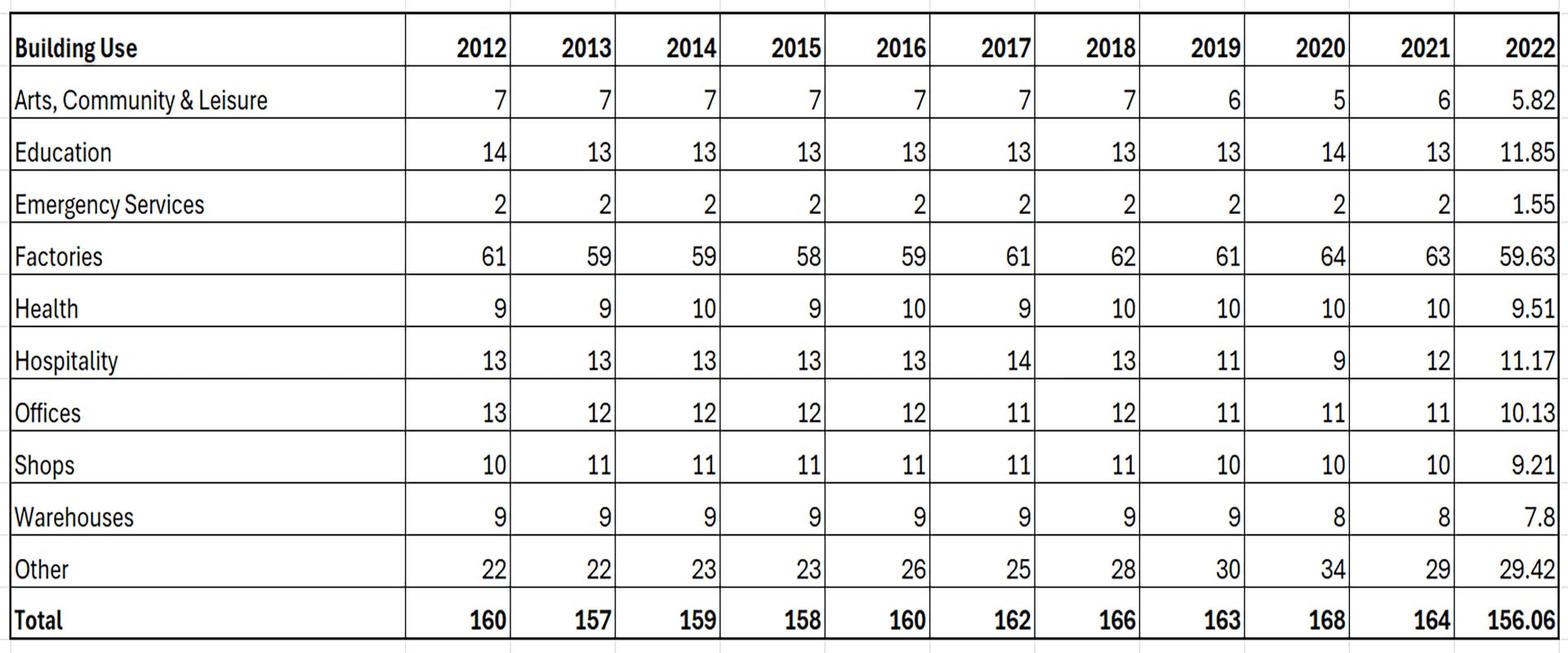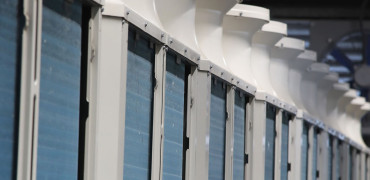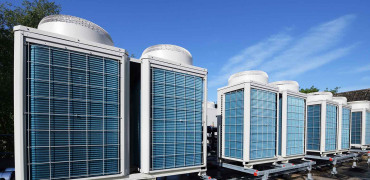Chris Newman, Zero Carbon Design Manager at Mitsubishi Electric, highlights the potential for non-domestic buildings to do more to reduce their reliance on gas – and why it’s a critical source of emissions savings for the UK.
The UK government faces a major hurdle on the road to Net Zero 2050: the country’s reliance on gas for space heating and hot water.
Heat decarbonisation is proving difficult in the domestic sector as households hold on to their gas boilers.
This is largely due to the relatively low price per kWh of gas compared to electricity, making gas boilers cheap to run.
In a survey carried out for Mitsubishi Electric, 44% of households said that they would consider changing or immediately switch to a heat pump if electricity prices were lower, making heat pumps cheaper to run.
Decoupling electricity prices from wholesale gas and removing unfair government levies is a vital step. But it is a complex and lengthy process that will take some time.
Ignoring the non-domestic sector really doesn’t make sense for a decarbonisation strategy
What about the commercial sector
Meanwhile, the focus on transitioning the UK’s domestic properties from gas to lower-carbon heating systems has caused the government to take its eye off the ball in the non-domestic sector.
Minimum energy efficiency standards in commercial buildings haven’t been raised since 2018 when the minimum “E” rating for EPCs was established. This lack of increase in the standards has coincided with gas usage figures flattening and progress on decarbonisation in the non-domestic sector is stagnating
The Non-Domestic National Energy Efficiency Data Framework, which collects figures for England and Wales, shows that in 2012, the non-domestic sector consumed 160 terawatt hours (TWh) of gas.
Compared to the figure of 156 TWh from the latest data set in 2022, this only represents an approximate 2.5% reduction over a 10-year period which falls far short of the levels needed to meet the UK’s legal commitments and carbon budgets.

Terawatt hours (TWh) of gas consumed by non-domestic building use
(Figures from UK Non-Domestic National Energy Efficiency Data Framework 2024 – England & Wales, Table 8C: Gas consumption by building use 2012 - 2022)
Huge opportunity commercially
If we compare those figures to household gas consumption, then ignoring the non-domestic sector really doesn’t make sense for a decarbonisation strategy.
Ofgem says that the average UK household consumes 11,500 kWh of gas annually. Since 1TWh of gas is equivalent to 1 billion kWh of gas, non-domestic gas consumption is the equivalent of that in 13.5 million homes.
There are 18.7 million homes in England and Wales that have a gas supply, but only 1.75 million non-domestic buildings (as classified in government figures). This means that there is a lot of gas consumption concentrated in a smaller number of buildings in the non-domestic sector. In theory, that would make targeting gas usage reductions much easier. And a small reduction per building in the non-domestic sector will have a significant impact on the UK’s overall usage of gas in its buildings.
Obviously, there are non-domestic buildings, particularly factories, where gas consumption is for processes rather than space heating or hot water. However, there are sectors such as offices, education, health and warehouses where on site gas could reasonably be replaced by modern heat pump technology.
Heat pumps and an EPC rating of B
Mitsubishi Electric has worked with numerous clients in these sectors where heat pumps have been successfully applied in many projects – demonstrating that overall energy savings are achievable and cost-effective.
One recent example is Building No.8 at Exchange Quay in Manchester. At this office building, the landlord has replaced gas heating with 12 Mitsubishi Electric CAHV air source heat pumps, helping to decarbonise the property and lifting the building’s EPC rating from D to B – with minimal disruption to tenants.
Buildings in the health, community and education sectors can already access support from the Public Sector Decarbonisation Scheme (PSDS) to help them finance the move away from fossil fuels. And while there are currently no grants for commercial non-domestic heat pumps, there are strong incentives for building owners.
Not least is the importance of future-proofing buildings. Changes in how energy is priced may be slow, but they are coming. It will be far better to be prepared with an energy-efficient heat pumps system than left scrambling to replace a fossil fuel system when the time comes.
A certified performance
Sustainability is increasingly important to tenants in the retail, warehousing and office markets. Certifications such as BREEAM, NABERS and the more recent Net Zero Carbon Buildings Standard are highly sought after – so low-carbon heating, hot water and cooling systems are a high priority in building refurbishments for these markets.
Again, the long-term value of a non-domestic building can be impacted by on-site fossil fuel use.
A final reason to act now to replace fossil fuel systems is that, although domestic adoption of heat pumps is lower than expected, it is growing.
In 2024 there were 4,894 air source heat pumps installed in May alone – showing that take-up is gaining momentum backed by increases in government grants.
As the proportion of homes with heat pumps grows, the focus will inevitably fall on non-domestic buildings. Those who are left behind could face higher gas prices as well as devalued buildings. The time to look for carbon savings in our non-domestic stock is now.
Chris Newman is Zero Carbon Design Team Manager




